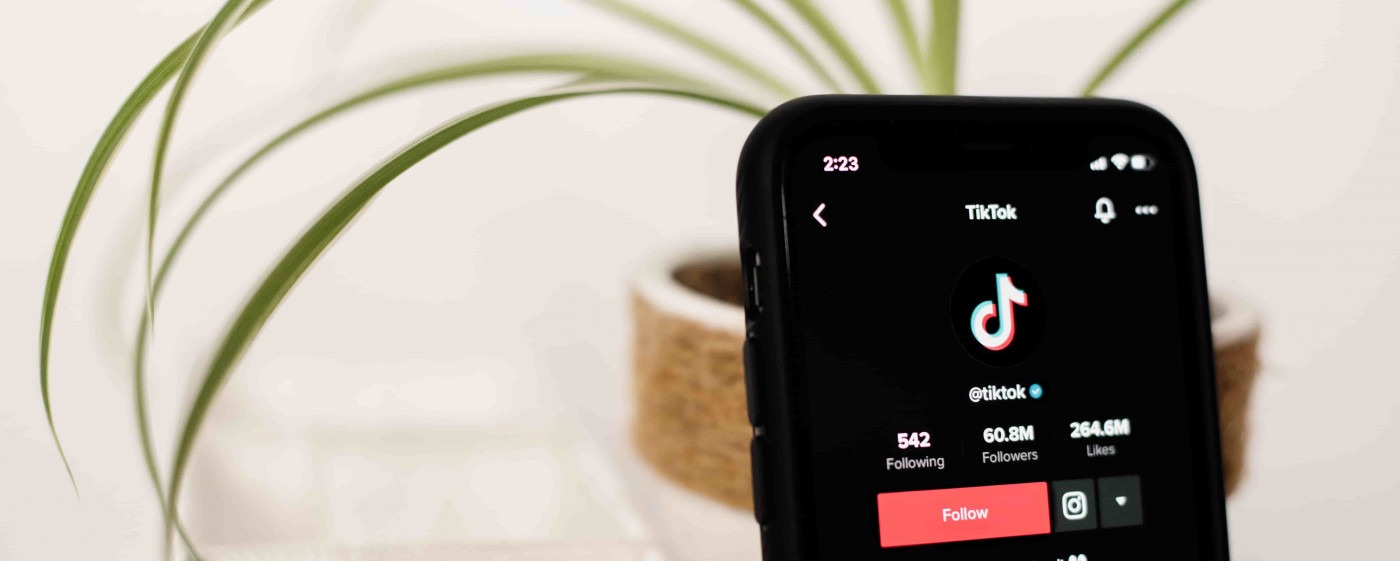“TikTok made me buy it” – the pursuit of microtrends and online overconsumption
TikTok has frequently been criticised for its promotion of fast fashion: the combination of rapidly changing trends, recommendations of online stores like Shein, and the young, impressionable user-base all contribute to an environmental nightmare. Unfortunately, the problem of fast fashion has only expanded to include other ‘trendy’ products, resulting in even higher levels of overconsumption. Now, in addition to fashion, TikTok convinces people to buy romance novels, bottled water, and hair products (among other items), and unfortunately, it’s our planet that is paying the price.
While most social media is fast-paced, TikTok trends move quicker than anywhere else. In a matter of days, videos (along with the clothes worn and products used in them) can explode into viral phenomena, face criticism, be declared ‘over’, and subsequently be revived. Users who try to ‘keep up with the Joneses’ can buy a whole new wardrobe, only to find they’re already behind. In addition, the video platform means every shared thought on TikTok becomes a mini-production. There’s intentional set dressing, wardrobe, make-up, and product promotion in every TikTok performance: people choose what they do and don’t include in their videos. These subtle decisions can play a large role in how trends are promoted. A video might grow popular because of a product used, an outfit worn, or the overall lifestyle that viewers observe, leading to the same ones being purchased as a result.
While most social media is fast-paced, TikTok trends move quicker than anywhere else
Like with old-fashioned marketing, TikTok users don’t feel like they’re purchasing a product, but a lifestyle. The rise of aesthetics like ‘clean girl’, ‘that girl’, and even the recent YK2 resurgence all promote ‘lifestyles’ and make them look desirable and enviable. Alongside particular hobbies and routines (such as waking up early and eating a certain diet), these videos will often depict people wearing particular brands, shopping at certain stores, and engaging in Instagrammable pursuits. Although they won’t outright sell products, these clips paint a desirable picture and make viewers feel that they could attain the same perfect life if they bought the same things. Similarly, videos of influencers restocking their fridges (or mini fridges!) with bottled drinks, individually packaged snacks, and refillable jars of sweets attract viral attention because they’re ‘satisfying’. Viewers are envious of how clean and organised other people’s lives look from the outside, mimicking their habits in the hopes they might achieve the same. It’s for this same reason people will buy new planners: a purchase that will restore the sense of order and calm in their lives, almost turning them into a superhuman who never feels stressed or falls behind on chores. However, this reasoning is largely due to how these products are marketed.
In both instances, people are disappointed when their new products fail to change their entire life (as promised) or ‘who they are’ as a person. Many end up buying whatever the newest trendy item is in an effort to fill the void of disappointment, only to get trapped in a cycle of never feeling good enough. TikTok’s young and impressionable user-base makes them exceptionally vulnerable, especially after the rise in anxiety that happened over the pandemic. Unlike other trends, the ‘micro’ ones on TikTok come and go quicker than even the fast fashion industry, creating a huge pile-up of waste due to overconsumption.
The ability to click a button and own an item in seconds is one of the biggest reasons for overconsumption
Although not all microtrends are harmful to the environment (like the promotion of eco-friendly practices such as thrifting and reusable bottles), the sheer amount makes them a huge problem. One of the best ways to tackle the urge to purchase is to come back to a product after a set amount of time: if an impulse to buy something comes from following a trend, the feeling will usually die down after a week or so. The ability to click a button and own an item in seconds is one of the biggest reasons for overconsumption, so waiting before doing so is a good way to combat the problem. Another way is to have a set budget for the month, with only a certain amount to spend on shopping, so it’s easier to prioritise what you really need.
It might be a piece of cake to vow against following trends but, as the urge to buy something seen on TikTok is largely subliminal, this is much easier said than done. Instead, use these practical methods to avoid admitting to your friends and family: “TikTok made me buy it”.

Comments